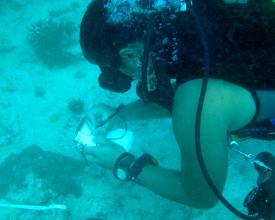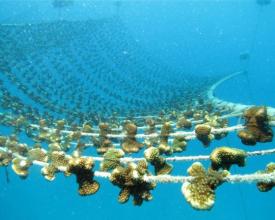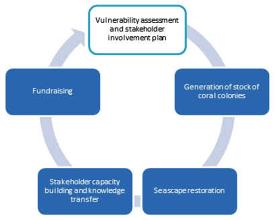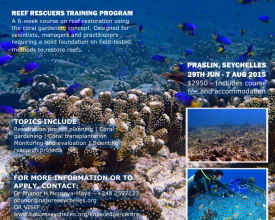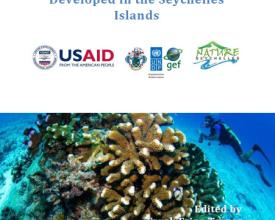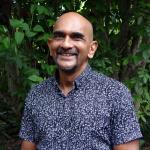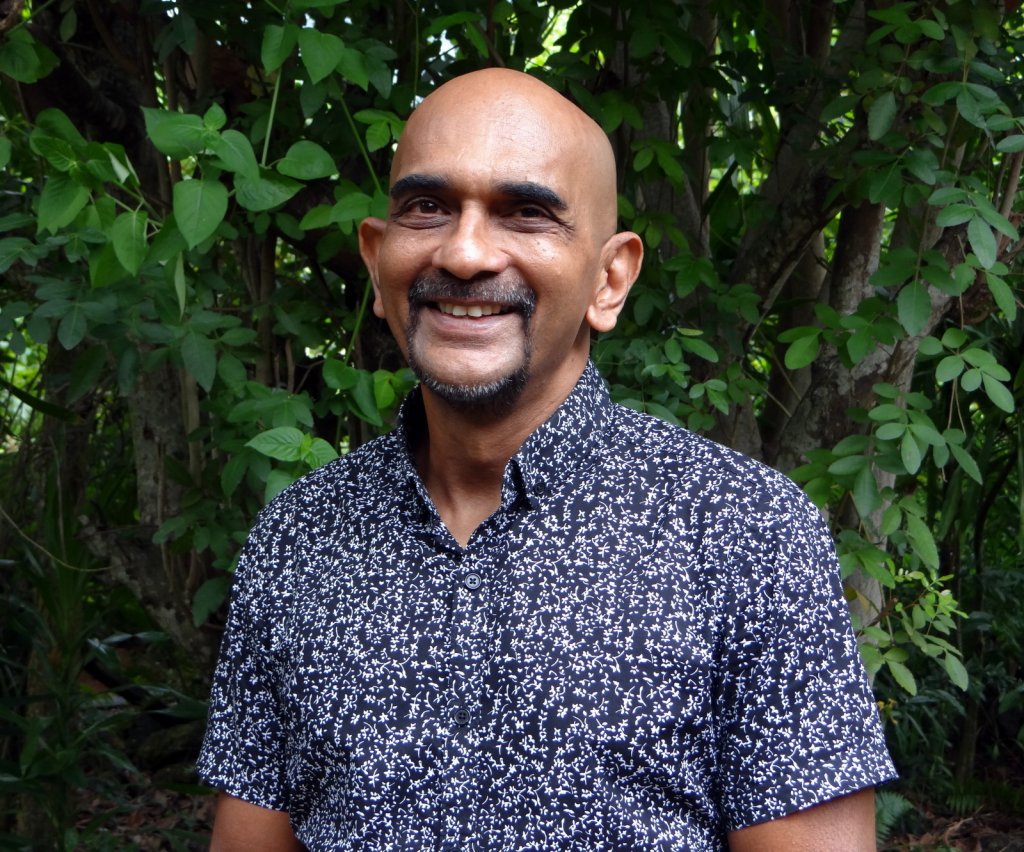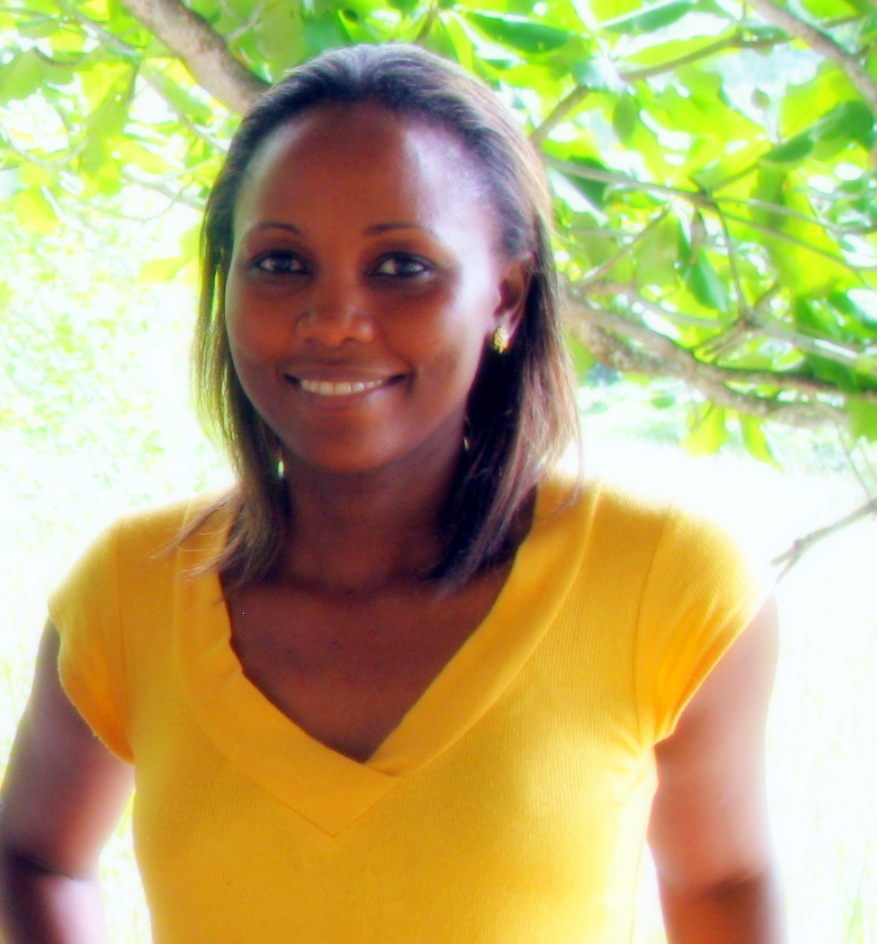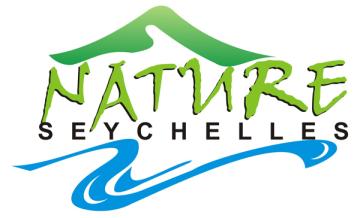
Reef Rescuers: Restoring coral reef ecosystem services
Reef Rescuers implented the first-ever large scale reef restoration project using "coral gardening". It involved collecting over 40,000 small pieces of healthy coral from sites that survived a bleaching event, raising them in underwater nurseries and transplanting them to a 5,300sq meter degraded site at Cousin Island Special Reserve affected by coral bleaching. It aims to build resilience in coral reefs damaged by bleaching and improve associated fisheries, tourism and coastal protection.
Context
Challenges addressed
Location
Process
Summary of the process
Building Blocks
Vulnerability assessment and stakeholder plan
Enabling factors
Lesson learned
Capacity development for coral reef restoration
Enabling factors
Lesson learned
Coral reef restoration toolkit
Enabling factors
Lesson learned
Impacts
• 5,300sq meters of new reef consisting 90 of 18 species of coral has been planted in the marine protected area of Cousin Island Special Reserve, completed in June 2014 and to date healthy, functioning and resilient to bleaching • 41 practitioners from 11 countries have been exposed to reef restoration techniques by “on the job” work as volunteers up to 3 months in situ, and 8 experts have to date been formally trained through a full-time 6 weeks classroom and field based Training Program. • Recent monitoring has shown 300% increase in fish species and 500% increase in numbers of fish in the new reef than in the degraded control site

